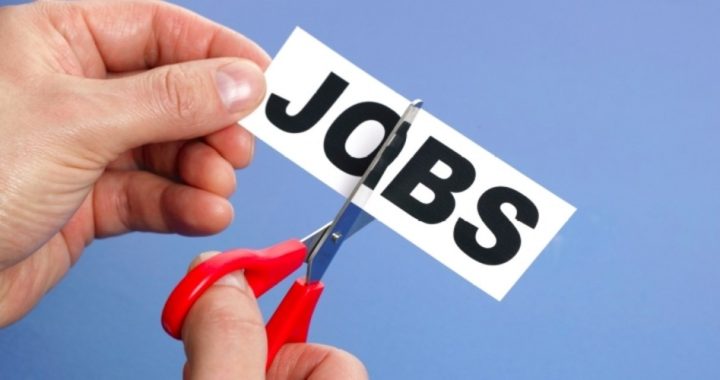
According to national payroll processor ADP, the U.S. economy lost more than 20 million jobs last month. The expectation was job losses of 22 million, but the ADP only covers the first 12 days of April.
As Ahu Yildirmaz, co-head of ADP’s Research Institute, warned in Wednesday’s report, “Job losses of this scale are unprecedented. The total number of job losses for the month of April alone was more than double the total jobs lost during the Great Recession. Additionally, it is important to note that [our] report is based on the total number of payroll records for employees who were active on a company’s payroll through the 12th of the month.”
The pain was shared more or less equally across the economy. Businesses employing fewer than 50 people lost six million jobs, while those under 500 employees lost more than five million. Large employers (500 and above) lost nearly nine million.
The services industry suffered the most, losing more than 16 million jobs, while the “goods-producing” sector lost four million.
There was some good news to be found in the report: Management positions added 6,000 jobs in April, while the education sector added 28,000 jobs.
All of this translates to an unemployment rate of about 16 percent, a stunning decline from 3.5 percent just two months ago.
It could have been worse. Forecasters were predicting a loss of 22 million jobs, which may be borne out when the Department of Labor issues its own jobs report on Friday (for the same time period).
Barron’s thinks it will be worse, given the difficulties pollsters are having in surveying businesses that have already closed and considering how many unemployed workers are having trouble filing unemployment claims in the states. Barron’s reported that for every 10 people who successfully filed for unemployment benefits another three tried to apply but could not get through to the state systems to make a claim.
The financial magazine also thinks the broadest measure of unemployment — the U6 rate that includes part-time workers who want full-time work but can’t find it — will exceed 20 percent and “may even exceed the 24.9 percent Depression-era peak established in 1933.”
The ripple effect will be felt throughout the economy. Many companies have severely cut their employees’ hours, which is equivalent to more millions of jobs lost. The participation rate, which had been inching up during the Trump economic boom, is expected to take a hit as well, reflecting the shutdown of large swaths of the economy.
Hourly earnings are taking a hit as well, as employers have not only scaled back hours but also wage increases. Diane Swonk, chief economist of accounting firm Grant Thornton, says, “The blow to wages is much more immediate and abrupt than we have seen in the past and could take a toll on average hourly earnings in a way we have never witnessed.” Wages that have been increasing by nearly three percent on an annual basis could drop to less than a two-percent increase, depending on how long the shutdown lasts.
And that’s the key, of course. More than 30 states have begun to reopen for business, with others to follow their example in the next months. Sophia Koropeckyj of Moody’s Analytics (which helped create the ADP jobs report) expects a strong rebound in the third quarter but thinks unemployment will still be close to 10 percent by the end of the year, dropping slowly thereafter and only reaching “pre-pandemic” levels by 2023.
On the other hand, Jacob Oubina, a senior economist at RBC Capital Markets, is much more sanguine. He thinks the “payroll protection program” — the PPP — of forgivable loans to small businesses to enable them to keep paying their employees will pull the unemployment rate to below 10 percent by this summer. And the massive stimulus in the trillions of dollars launched by the federal government is bound to have at least some impact in reviving the moribund economy.
For now, the focus is on restarting the economy. ADP and the Bureau of Labor Statistics will report monthly on how successful that reopening is.
An Ivy League graduate and former investment advisor, Bob is a regular contributor to The New American, writing primarily on economics and politics. He can be reached at [email protected].



